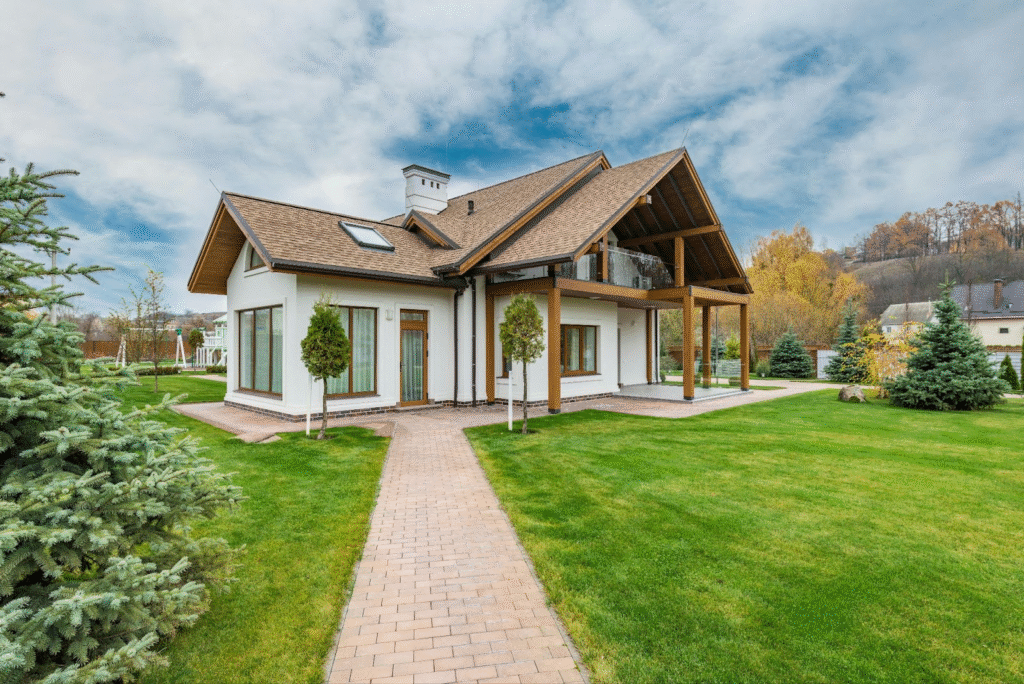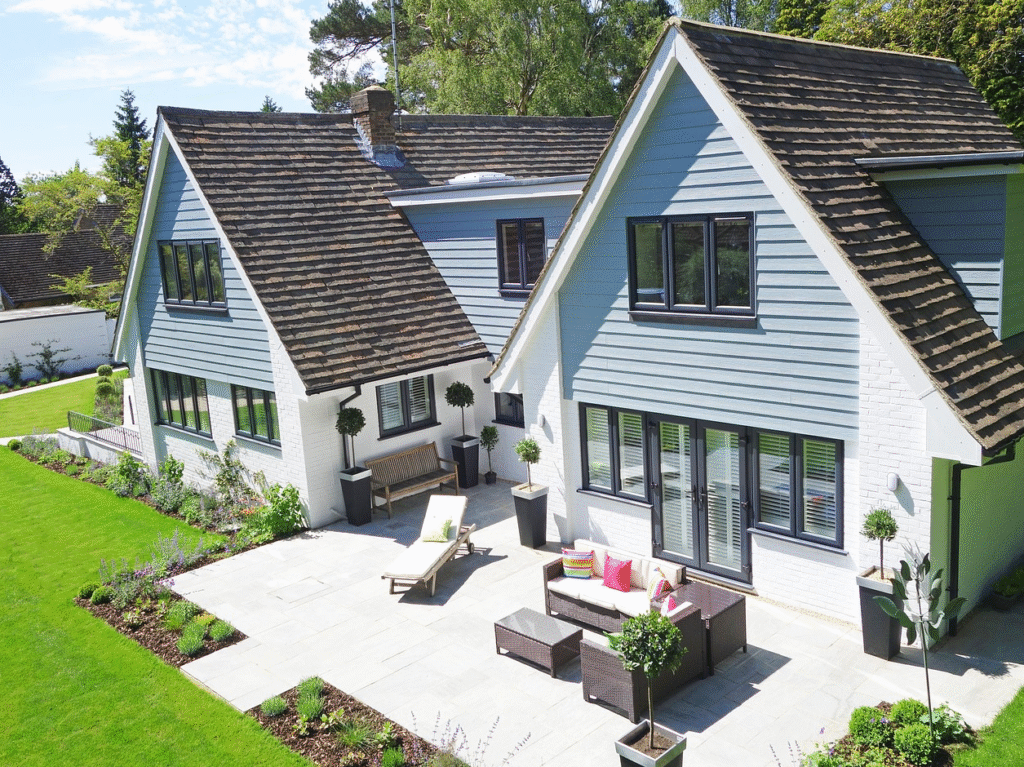
Concrete is a foundational material in both residential and commercial construction due to its strength, versatility, and longevity. Yet, even the most durable concrete surfaces are not immune to damage. Over time, exposure to harsh weather, moisture infiltration, heavy loads, de-icing chemicals, and natural settling of the ground can cause cracks, scaling, spalling, or deeper structural defects. When this occurs, prompt and appropriate repair is essential – not only to restore aesthetics, but more importantly, to prevent further degradation and ensure the long-term stability of the structure.
Understanding the Type and Cause of Damage
Before initiating any repair, it is critical to assess the type of damage and determine its underlying cause. Hairline cracks, often resulting from curing shrinkage or minor thermal movement, may seem benign but can widen with time, allowing moisture to penetrate the surface. More pronounced cracking, especially when accompanied by movement or differential settlement, may point to subgrade instability or structural stress.
Surface scaling, typically caused by freeze-thaw cycles or improper finishing techniques, manifests as flaking or peeling of the concrete’s top layer. Spalling, which is characterized by deeper breakage of the concrete surface, is commonly associated with corrosion of embedded steel reinforcement, especially in environments with high moisture or chloride exposure. Each type of damage requires a different technical approach, which is why a thorough assessment is essential prior to repair.
Surface Preparation and Cleaning
Successful concrete repair depends heavily on meticulous surface preparation. The damaged area must be thoroughly cleaned to remove any loose particles, dust, oil, algae, or existing coatings that may hinder adhesion. This step is typically executed using mechanical methods such as wire brushing, grinding, or shot blasting, and in some cases, high-pressure washing. For structural repairs or cases involving corroded reinforcement, the exposed steel must be cleaned to a near-white metal finish to ensure full bond with the repair material and inhibit further rust development.
Proper profiling of the concrete substrate is also important. The goal is to create an open, clean, and absorbent surface that will ensure the compatibility and bonding of the repair mortar or compound.
Selecting the Right Repair Method and Material
The selection of a suitable repair system must consider the severity of the damage, the location of the concrete (horizontal, vertical, or overhead), expected loads, environmental exposure, and compatibility with the existing substrate. For non-structural cracks, low-viscosity epoxy or polyurethane resins are typically injected to restore integrity and prevent water ingress. These systems not only seal the cracks but can also re-establish monolithic behavior if properly applied.
In the case of surface deterioration, polymer-modified repair mortars are often recommended due to their superior adhesion, flexibility, and resistance to shrinkage. For larger defects or structural spalling, high-performance structural repair mortars or cementitious micro-concretes with steel fibre reinforcement may be applied, often in multiple layers to accommodate curing and bonding.
Where shrinkage compensation is critical, especially in deep repairs, expanding cementitious formulations or resin-modified mortars with internal curing capabilities may be used. For environments exposed to chlorides or sulfates, additional protective coatings or corrosion inhibitors should be included in the system specification.
Application and Curing Process
Once the material is selected, application should follow manufacturer specifications and relevant industry standards such as ACI, CSA or EN guidelines. The repair compound is typically applied by trowel, form-and-pour, or spray methods, depending on its viscosity and the area being repaired. Key to the process is achieving a monolithic bond between the new and existing concrete. For this reason, bonding agents may be used to enhance adhesion, particularly in vertical and overhead applications.
Curing must be conducted under controlled conditions to prevent premature drying, which can cause cracking and poor mechanical performance. Moist curing, application of curing compounds, or use of wet burlap and plastic sheeting are common practices. Temperature, humidity, and wind exposure should be managed carefully during this phase. Some specialized repair mortars are designed to cure in challenging environments, but even so, proper protection during the initial 24 to 72 hours is essential for optimal performance.
Long-Term Durability and Preventive Measures
Effective concrete repair goes beyond restoring damaged areas – it also requires implementing preventive measures to avoid recurring issues. In many cases, applying a breathable concrete sealer after the repair is complete can significantly reduce future water penetration and extend the life of the structure. Where de-icing salts or industrial chemicals are present, the use of protective coatings, silane or siloxane-based impregnations may be necessary to shield the concrete from aggressive agents.
Regular maintenance, including sealing small cracks as soon as they appear and avoiding heavy loads beyond design specifications, is equally important. For critical infrastructure or load-bearing slabs, periodic inspections using non-destructive testing methods can help detect early signs of distress and allow for timely intervention.
When to Consider Full Replacement
While many forms of concrete damage can be successfully repaired using modern materials and techniques, there are instances where full removal and replacement is more practical or cost-effective. This is especially true when the concrete is extensively cracked, delaminated across large areas, or if the underlying sub-base is compromised. In such scenarios, patching may offer only temporary relief and could lead to repeated failure.
A qualified structural engineer or experienced contractor should evaluate the site conditions, core samples, and load requirements to determine whether replacement is warranted. Where applicable, replacing the damaged concrete with a new high-performance mix-properly cured and reinforced – can restore full structural function and provide decades of service life.
Repairing damaged concrete requires technical knowledge, careful material selection, and precise execution. Whether the damage is cosmetic or structural, addressing it early with the correct approach can save significant time and money while preserving the safety and value of your asset. At PROZONE, we specialize in advanced concrete repair systems tailored to Canada’s demanding climate and regulatory standards. Our team is equipped to assess, design, and implement long-lasting repair solutions that meet the highest industry benchmarks.
If you’re facing concrete damage – no matter how complex-trust PROZONE to provide expert consultation and durable results. Contact us today for a site evaluation or to learn more about our comprehensive repair services.




